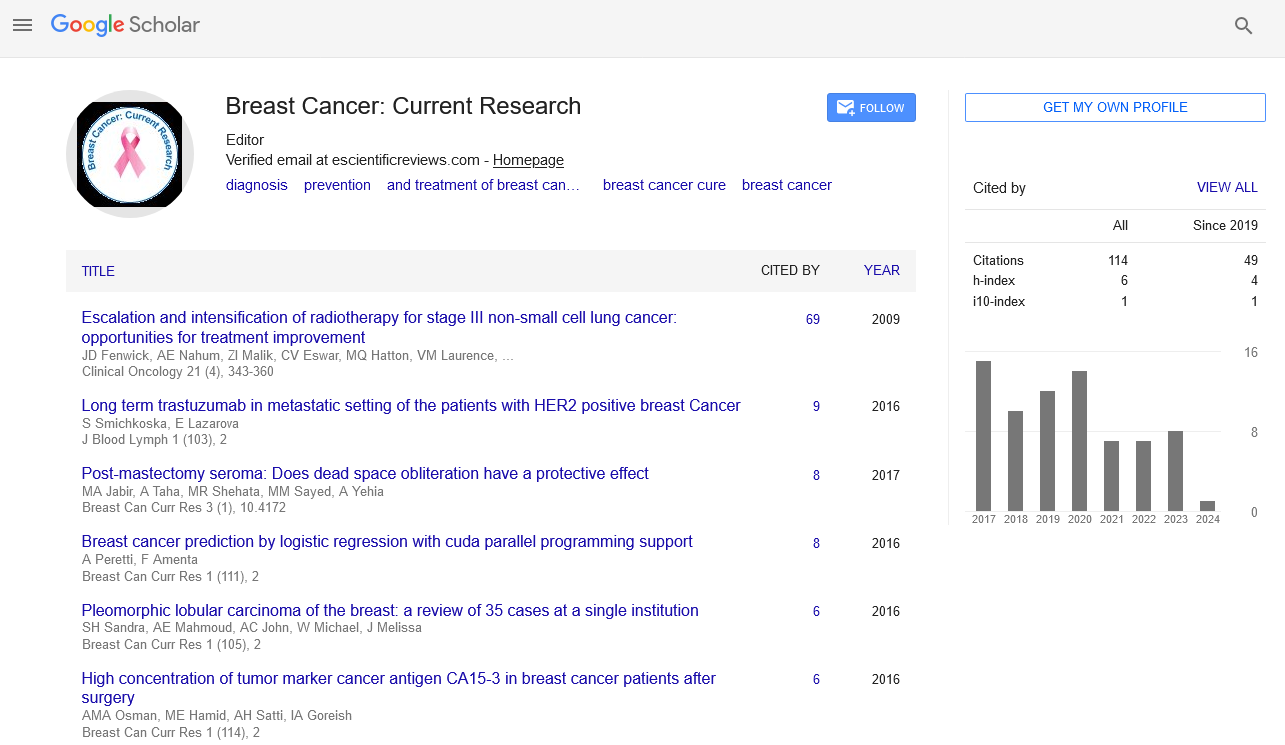Research Article
Identification of Volatile and Protein Profiles in the Sting and Mandibular Glands of the Worker Honey Bee (Apis cerana indica)
| G. Lakshmi Priya1, P. Rameshkumar1,2, P. Ponmanickam1, R. Eswaran3, D.N.P. Sudarmani1 and T. Rajagopal1* | |
| 1Post Graduate Department of Biotechnology, Ayya Nadar Janaki Ammal College (Autonomous), Sivakasi-626 124, Tamil Nadu, India | |
| 2Centre for Pheromone Technology, Department of Animal Science, School of Life Sciences, Bharathidasan University, Tiruchirappalli-620 024, Tamil Nadu, India | |
| 3Department of Zoology, Madura College (Autonomous), Madurai-625 011, Tamil Nadu, India | |
| *Corresponding Author : | T Rajagopal Post Graduate Department of Biotechnology Ayya Nadar Janaki Ammal College (Autonomous) Sivakasi-626 124 Tamil Nadu, India Tel: 91-04562-254100 Fax: +91-04562-254970 E-mail: deer_raj@yahoo.co.in |
| Received January 08, 2013; Accepted February 04, 2013; Published February 07, 2013 | |
| Citation: Priya GL, Rameshkumar P, Ponmanickam P, Eswaran R, Sudarmani DNP et al. (2013) Identification of Volatile and Protein Profiles in the Sting and Mandibular Glands of the Worker Honey Bee (Apis cerana indica). Biochem Physiol 2:108. doi:10.4172/2168-9652.1000108 | |
| Copyright: © 2013 Priya GL, et al. This is an open-access article distributed under the terms of the Creative Commons Attribution License, which permits unrestricted use, distribution, and reproduction in any medium, provided the original author and source are credited. | |
Abstract
In social insect, the perception of volatile molecules, odorants and releasing pheromones, is mediated via specialized olfactory organs is generally thought to be accomplished by odorant-binding proteins and pheromonecarrying proteins. These proteins play an important role in the solubilization, transport and deactivation of pheromones. In honeybee, the sting and mandibular glands are one of the major pheromonal sources and it is believed to contain volatile compounds and proteins (pheromone carrying or binding) for chemical communication. Therefore, the present investigation was carried out to identify the pheromones and proteins in sting and mandibular glands in adult worker bee, Apis cerana indica GC-MS and SDS-PAGE. Nearly twenty eight volatile compounds were identified in the sting and mandibular glands of the worker bee. Amongst, the 19 compounds were identified in the mandibular gland and 16 compounds in the sting. Amongst certain compounds peak appeared specific or common to particular glands. The present results suggest that glandular specific volatiles which may evoke the behaviourally important chemical signals in the Apis cerana indica. The present study revealed that the total content of protein was higher in the mandibular than sting gland. In fact, the protein profiles like 21.1, 25, 26, 29, 43, 61, 97.9 and 110 kDa have noted in the sting and mandibular glands. Among these fractions, the 43 and 26 kDa polypeptides appeared prominently in the sting and mandibular glands, respectively. Further, electophoretic profile showed 43 kDa mass protein intensity was relatively high in sting gland, whereas 26 kDa mass protein intensity was relatively higher in the mandibular gland. Based on the volatile identification and proteins in the sting and mandibular glands of worker bees supported by literature, it is concluded that the sting and mandibular gland-specific volatile compounds which may convey the specific information regarding the alarm or repellent forage-marking scent.

 Spanish
Spanish  Chinese
Chinese  Russian
Russian  German
German  French
French  Japanese
Japanese  Portuguese
Portuguese  Hindi
Hindi 